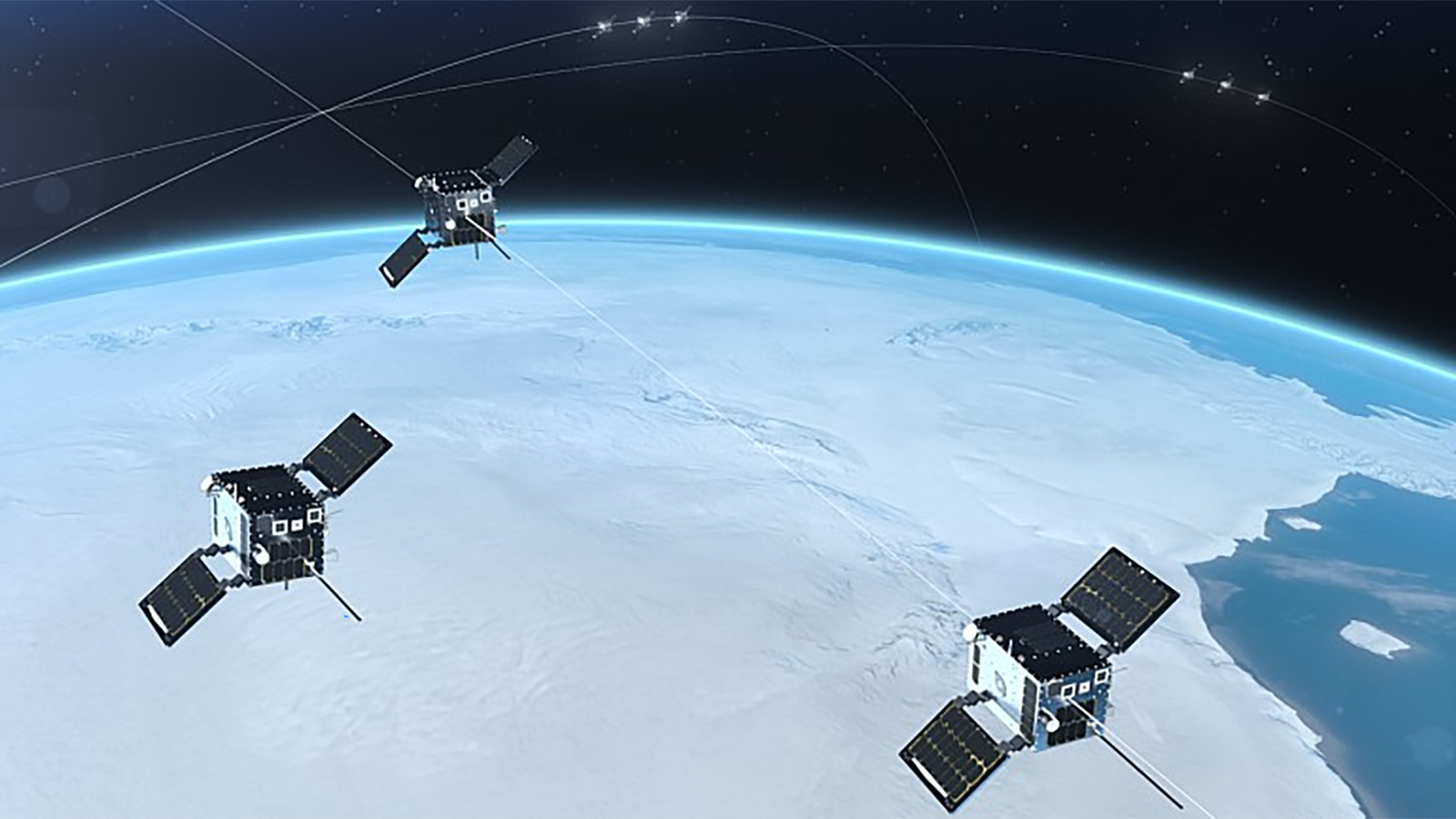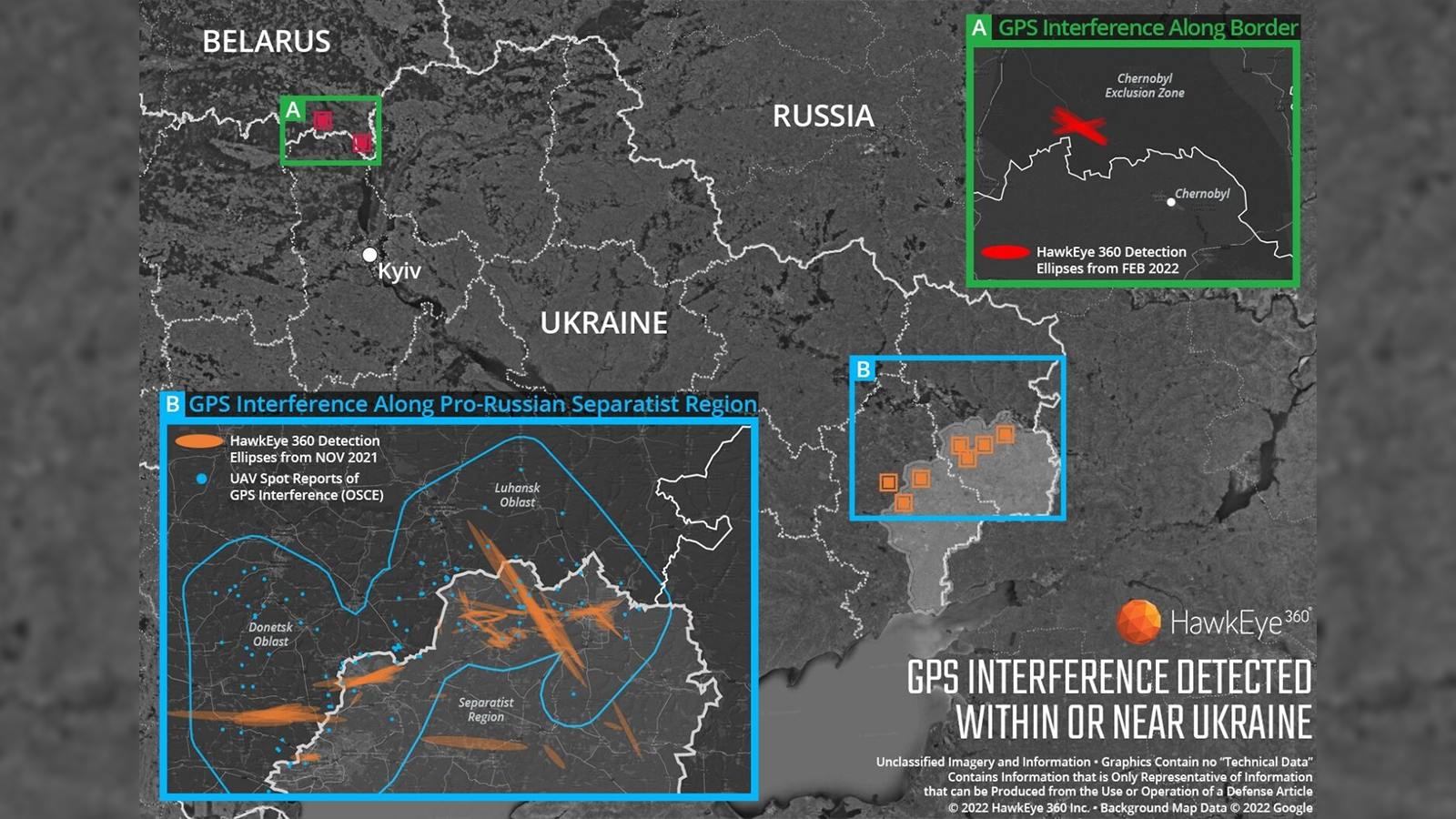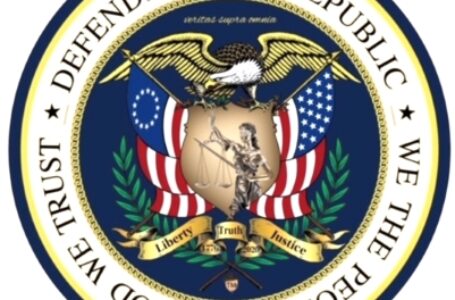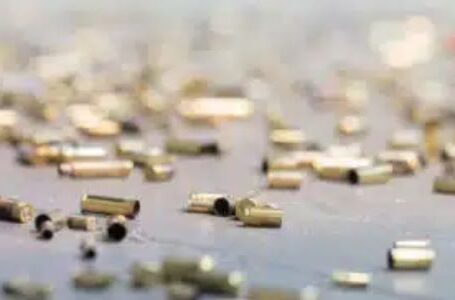After success in Ukraine, NRO to pitch satellite firms on radio frequency geolocation

Hawkeye Cluster 3 satellites (Hawkeye image)
GEOINT 2022: The National Reconnaissance Office this summer will ask satellite companies providing radio frequency geolocation data to make a pitch for study contracts, the agency’s head of commercial operations said on Monday.
Pete Muend, director of the NRO Commercial Systems Program Office, told the USGIF GEOINT 2022 conference that the spy satellite agency will issue a Broad Agency Announcement calling on commercial industry, just like it did last year to launch study contracts with synthetic aperture radar (SAR) providers. Using a BAA, rather than a more formal request for proposal (RFP) allows the agency to more rapidly open the study effort, using nontraditional contracting methods.
“Under our strategic commercial enhancements, I do want to mention and announce that that is going to be focused on commercial RF, and so we’re really here to move forward — just like we did on the commercial radar side, but to have in place a broad solicitation across industry on the commercial RF side of things,” he said. “It’s going to, obviously, include a lot of data around modeling and simulation as well as where companies actually have on-orbit capabilities.”

Hawkeye 360 used RF geolocation to map GPS Interference in Ukraine on March 3, 2022. (Image: Hawkeye 360)
RF geolocation satellites work by detecting the sources of RF emissions on Earth. For example, they can pinpoint the location of GPS jammers, as well as the Automatic Identification System (AIS) signals used by ships to identify themselves and broadcast their location.
NRO in 2019 launched a study contract with RF geolocation provider Hawkeye 360, and is now “using that contract to great benefit” in keeping eyes on the war in Ukraine, Muend said. “They’ve, like I said, been providing RF detections over the Ukraine crisis area, but also we’ve been using that data to think through what the next generation of the overhead SIGINT architecture is, and making sure we can bring to bear what commercial RF can do as part of that. So, I think that’s the very beginning of a very fruitful relationship there.”
Muend said that NRO would use the same contracting and licensing terms for acquiring commercial RF that it has used for SAR, which has “actually proven very, very beneficial” and allowed the agency to share the information widely with allies and partner nations.
The BAA on RF geolocation, like that for SAR, will be opened to companies with foreign headquarters. In the case of SAR, one of the key reasons was that there aren’t all that many commercial firms in the field, and some of the best ones actually are foreign owned. Of the five SAR-sat companies now under NRO study contracts, two are US arms of foreign companies — Airbus US and ICEYE US.
Click this link for the original source of this article.
Author:
This content is courtesy of, and owned and copyrighted by, https://breakingdefense.com and its author. This content is made available by use of the public RSS feed offered by the host site and is used for educational purposes only. If you are the author or represent the host site and would like this content removed now and in the future, please contact USSANews.com using the email address in the Contact page found in the website menu.
The post After success in Ukraine, NRO to pitch satellite firms on radio frequency geolocation first appeared on USSA News. Visit USSANews.com.















